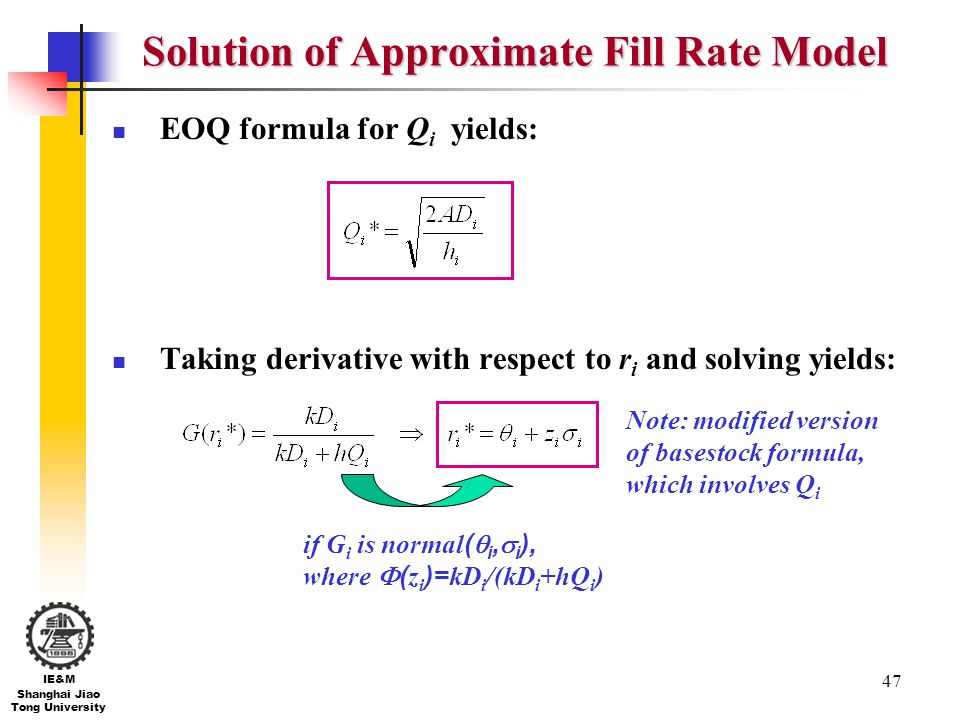From Supply Chain Management Encyclopedia.
A fill rate is a measure of the depth of demand that was satisfied by inventory on hand. For example, a customer orders 20 units of SKU 2677, but the seller ships the 15 units it possesses. The fill rate equals 15/20 = .75. An out-of-stock situation occurred, but demand was partially filled. From this simple definition, a large number of combinations exist in how to craft fill rate measures. Fill rates can be evaluated by lines on an order, by SKUs, and by cases shipped. These fill rates can then be aggregated across different time periods and across different facilities within different geographic regions. Owing to the tremendous variety of measures, there is no standardized fashion for using and reporting fill rates.

Businesses, of course, should measure fill rates in an effort to manage inventory availability, but different companies adopt different models to fit their specific operating context. Suppose that we have the two invoices as seen below. The case fill rate of 70.23% on invoice 1 and of 69.44% on invoice 2 are evaluated across SKUs. The line count fill rate, which indicates an out-of-stock situation, equals 60% on invoice 1 and 33.3% on invoice 2. We can then aggregate these measures across invoices. The case fill rate equals 69.87% = (295+250)/(420+360). The line count fill rate equals 50% or (3+1)/(5+3). The fill rate across invoices for SKU 501 equals 93.75% = (50+100)/(50+110). Fill rates can similary be constructed for each individual SKU.




Комментариев нет:
Отправить комментарий